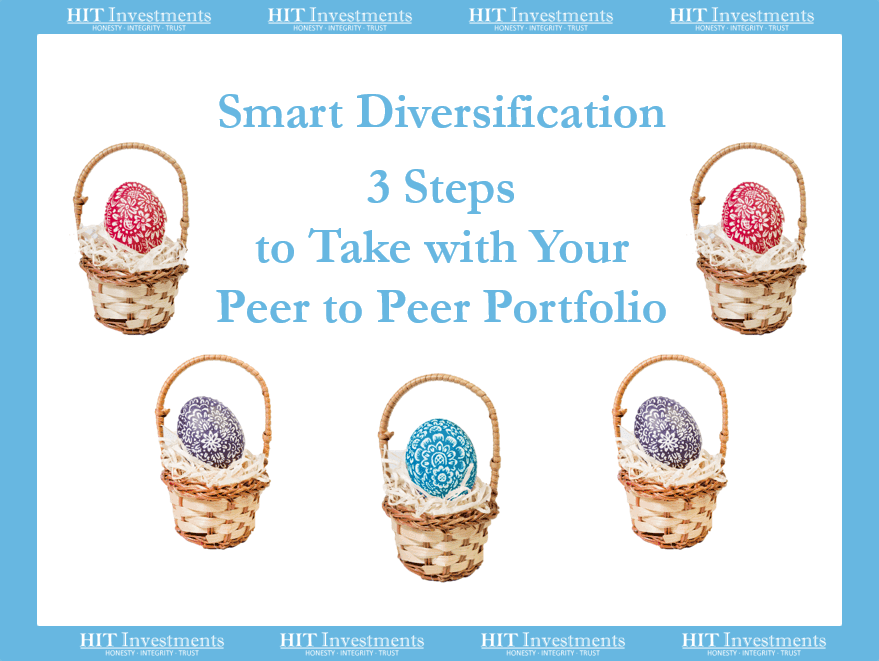In my last post on Peer to Peer (P2P) Lending, I spoke about how we need to diversify, but we run into a problem if we try to just invest in everything. We have way too many P2P marketplaces, 106 to be exact, and so it is impractical to buy the whole sector. Even if we had the money to diversify across all the loans available in all the platforms, it would not be a wise choice as some loans are just too risky. Instead, we are constantly evaluating the best way to diversify. What do I mean by this? I’ll take you through the process of what smart diversification has looked like in the P2P fixed income markets.
1. Pick The Best Fixed Income Platforms
The data we found suggests that focusing on real estate loans is the best way to reduce our risk of loss and increase our returns. This cut out 76 possible fixed income P2P platforms.
Now, looking at the 30 platforms we have left we can look into which platforms have the best way to protect invested money. We selected platforms that ring fence their loans. What is ring fencing? It’s a way they keep the individual loans separate from the platform operating the business. (This risk recently became a reality as Realty Shares shut down and Lendy went bankrupt).
2. Compare The Best Loans
There are more than 20 factors we research when ranking loans. The most important factor related to risk is how much the collateral is worth in comparison to the loan amount. This factor is called a couple of different things; the loan to cost (LTC), the loan to after repaired value (LTARV) or the generic version, loan to value (LTV). When comparing, we want to ensure the loan amount is less than what we would recover if the borrower defaults and the property is sold to repay our loan. Each platform seems to calculate these a little differently, so we calculate the ratios ourselves in order to keep the factors consistent in our comparisons. If you are interested in how we calculate these keep a lookout for our next blog post.
3. Rank and Invest Across the Best
Once we rank the available loans according to our unique set of factors, we build a smartly diversified real estate loan portfolio. For us, we try to keep our loan count above 25 so in the scenario a loan defaults we do not expose more than 5% of our portfolio.
This is a glimpse at our fixed-income smart diversification process, if you are investing in equities or loans, what are your strategies, tactics, or concerns?



Leave A Comment